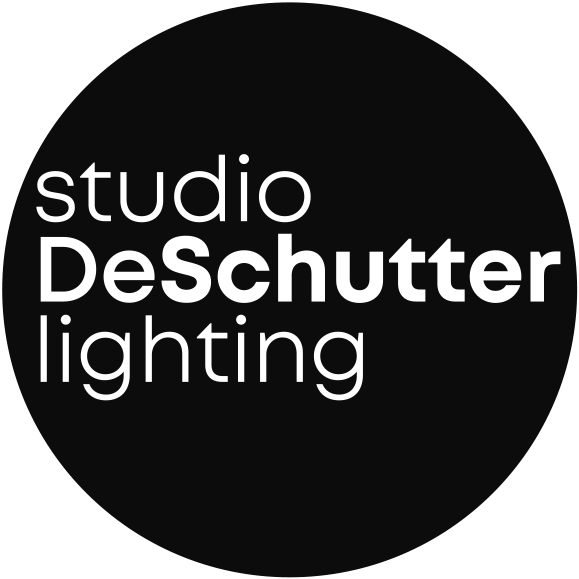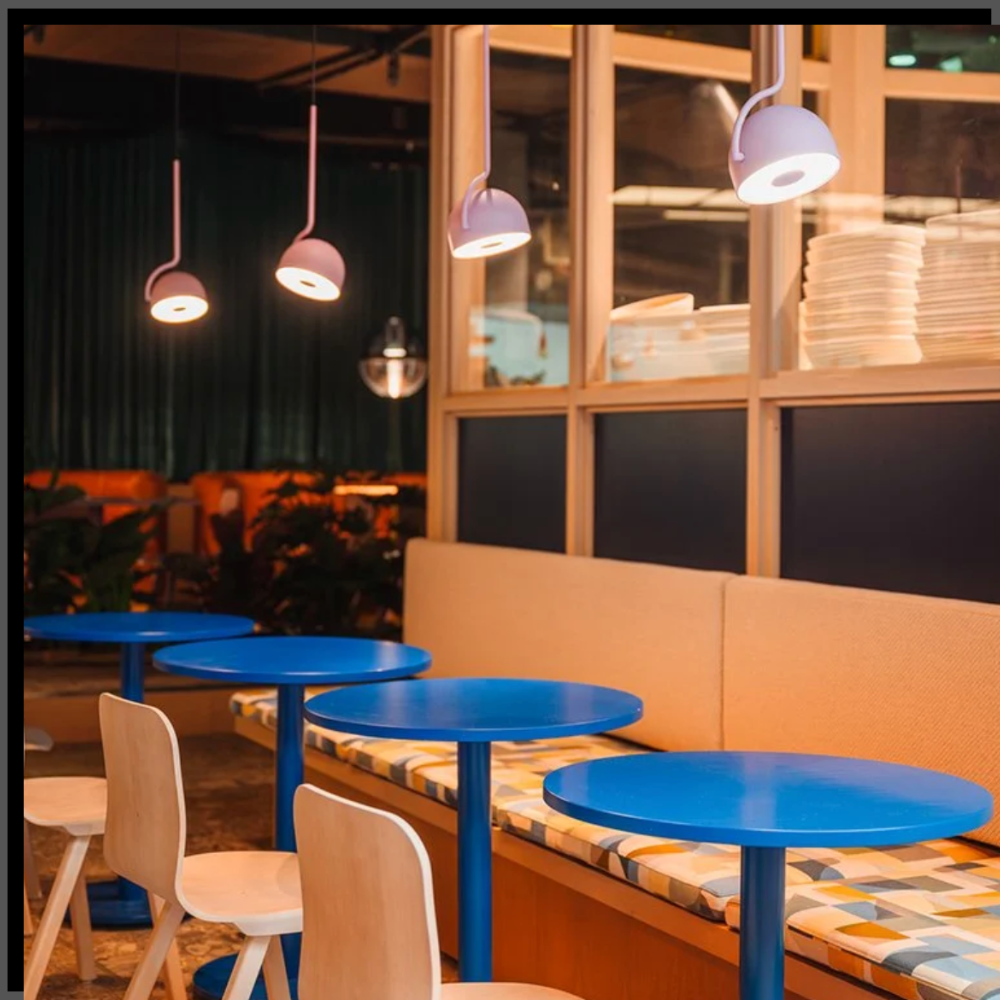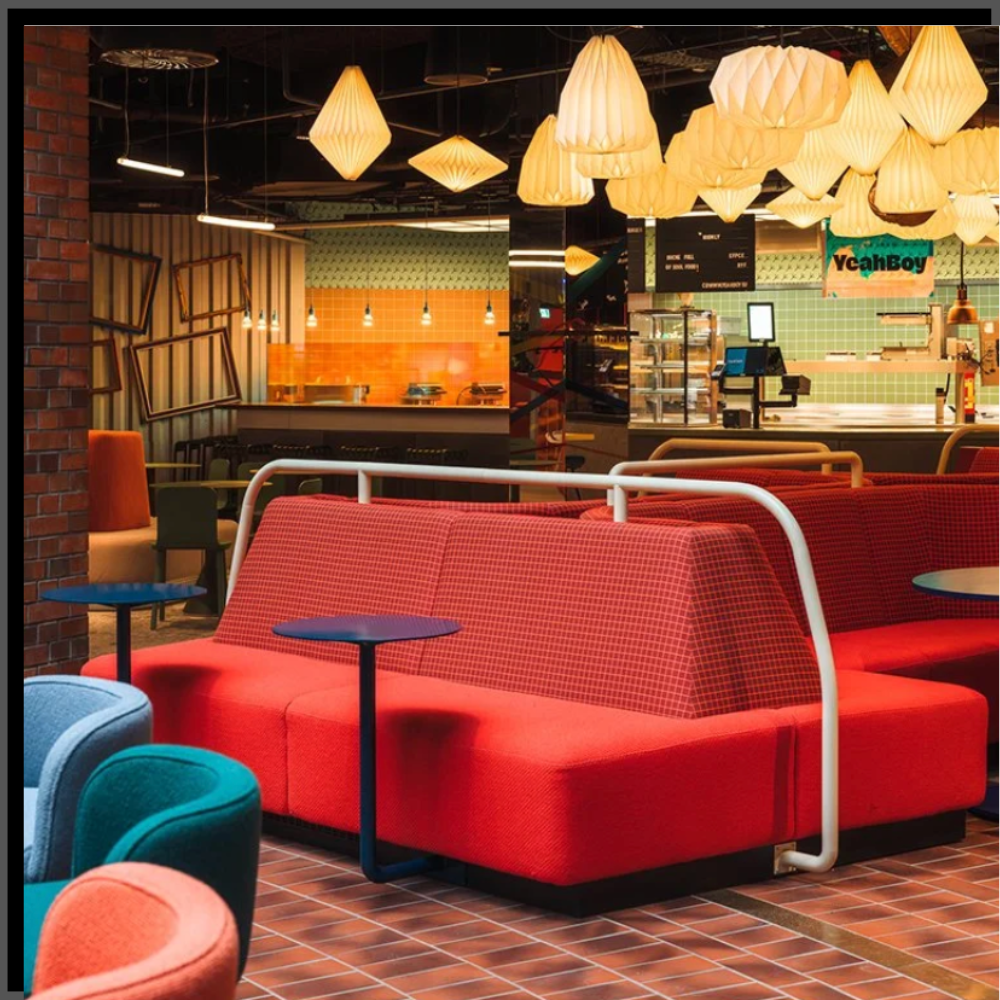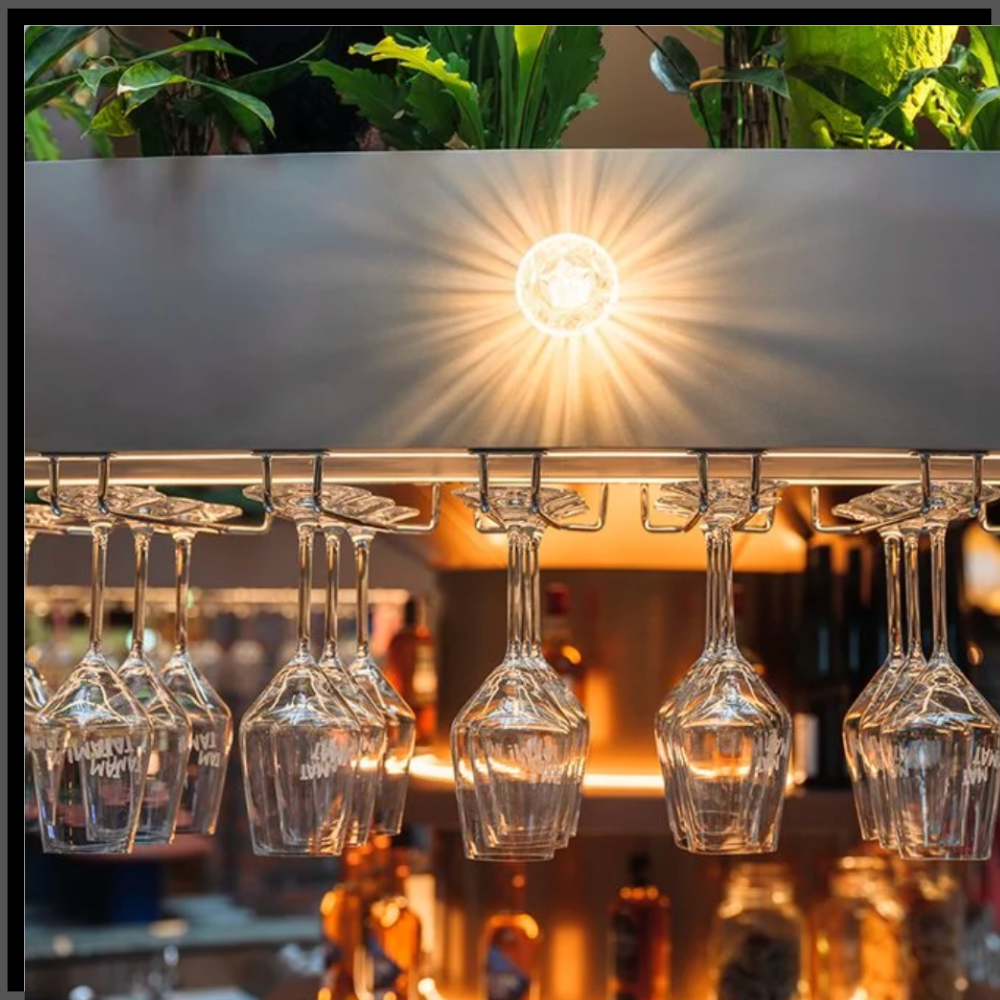Restaurant Lighting – Creating Atmosphere with Light
Light is the invisible spice of a space. It decides whether we stay or leave, whether a place feels familiar or foreign, whether a dish looks tempting or simply sits on a plate. In restaurants, light is not a technical factor, it’s an emotional one. It writes part of the story of the evening, shapes the mood, and creates what guests later remember as “atmosphere.”
At Studio De Schutter, we see light as a dialogue between space and people. A good lighting concept must feel, not just function. It creates connection, between people, between architecture, between moments.
✨ Light that shapes emotion
Every restaurant has its own soul and light brings it to life. It defines how intimate a space feels, how conversations flow, and how we perceive ourselves and others. Light can create closeness or distance, calm or stimulation.
A thoughtful lighting concept goes beyond lumen and lux. It asks: How should the space feel? Fast or slow? Quiet or vibrant? Because light is rhythm. It determines how an evening unfolds.
💡 Tip: Always work with multiple layers of light – ambient, accent, and zonal. The eye loves contrast. Depth exists only where shadows are allowed.
Example: Flip-N-Fry, Berlin-Schöneberg
A restaurant that literally shines. At Flip-N-Fry, the goal was clear: to make the brand visible through light. The linear fixtures on the ceiling form a graphic grid that glows through the windows, as if the light itself were the logo.
The building, a typical Berlin Altbau, receives daylight from only one side. The lighting concept compensates for this with a mix of direct and reflected light that makes the space bright yet never flat. Warm white light (3000 K) enhances the vivid yellows and terracotta tones of the interior, making materials glow and food shine. Glossy floors and mirrors capture and scatter the light, creating a lively, playful rhythm that reflects Flip-N-Fry’s identity: joyful, vibrant, modern.
“What Bruskus Greenberg does with color, we do with light. We block, frame, and highlight – always in dialogue with the architecture.”
— Sabine De Schutter
Fast Food
It’s about activity, clarity, and quick decisions. Lighting should stimulate appetite, promote movement, and convey freshness. Too warm feels heavy, too cool feels sterile. The art is balance, bright but not harsh; fresh but not clinical.
💡 Tip: Neutral white light (3000–4000 K) strikes the perfect balance. Combine it with focused spotlights on counters or brand accents to create visual tension.
Fine Dining
Here, light tells stories of stillness. A fine dining restaurant is like a theatre, the light withdraws to make room for perception. Shadows are deliberate, faces softly modelled, surfaces seem to breathe.
💡 Tip: Use warm white light (2700–3000 K) with a CRI above 90. It renders skin tones beautifully and keeps dishes natural.
💡 Tip 2: Indirect light on ceilings and walls makes the space feel larger while staying intimate.
Cafés & Bistros
Their rhythm changes with the time of day. Bright, open, and lively in the morning; warm, calm, and cozy in the evening. Lighting must adapt without reconstruction.
💡 Tip: Dimmable systems are essential. Combined with layered zones: counter, lounge, terrace, they allow intuitive atmosphere control.
💡 Tip 2: Pendant lights above tables create structure and intimacy, especially in open spaces.
Bars & Event Venues
Here, light can have a personality. Reflection, contrast, and color become design tools. The play of darkness and motion creates depth and excitement – an experience that stays with guests.
💡 Tip: Use mirrors, metal, or glass surfaces to multiply light and create movement.
💡 Tip 2: RGBW or dimmable systems allow mood changes: from lounge to club, from dinner to event.
Sustainability is design
Sustainable lighting means thinking about tomorrow without compromising beauty. At Studio De Schutter, that means modular luminaires, smart controls, and materials designed to last.
💡 Tip: High-quality LEDs with CRI > 90 and replaceable components are efficient and future-proof, repairable instead of disposable.
Example: At Flip-N-Fry, the entire system was designed modularly. Maintenance is simple, upgrades possible. The lighting concept grows with the brand, a principle we call circular design.
Light that stays
Light is never just technology. It’s emotion, memory, atmosphere. In a restaurant, it decides whether guests feel at home or just have a meal. It accompanies conversations, shapes faces, and gives spaces meaning.
A good lighting concept speaks quietly. It lets things glow without glare. It energizes without dominating. It’s the invisible stage on which atmosphere unfolds.
When the light is right, everything changes: food tastes richer, voices sound warmer, even time feels different. Guests linger, relax, and remember.
At Studio De Schutter, we design these moments; with light that doesn’t just illuminate rooms but creates experiences. Concepts that unite atmosphere, function, and sustainability.
👉 Learn more about the project: Flip-N-Fry – Lighting as Brand Language
👉 Plan the lighting for your restaurant with us – Get in touch






